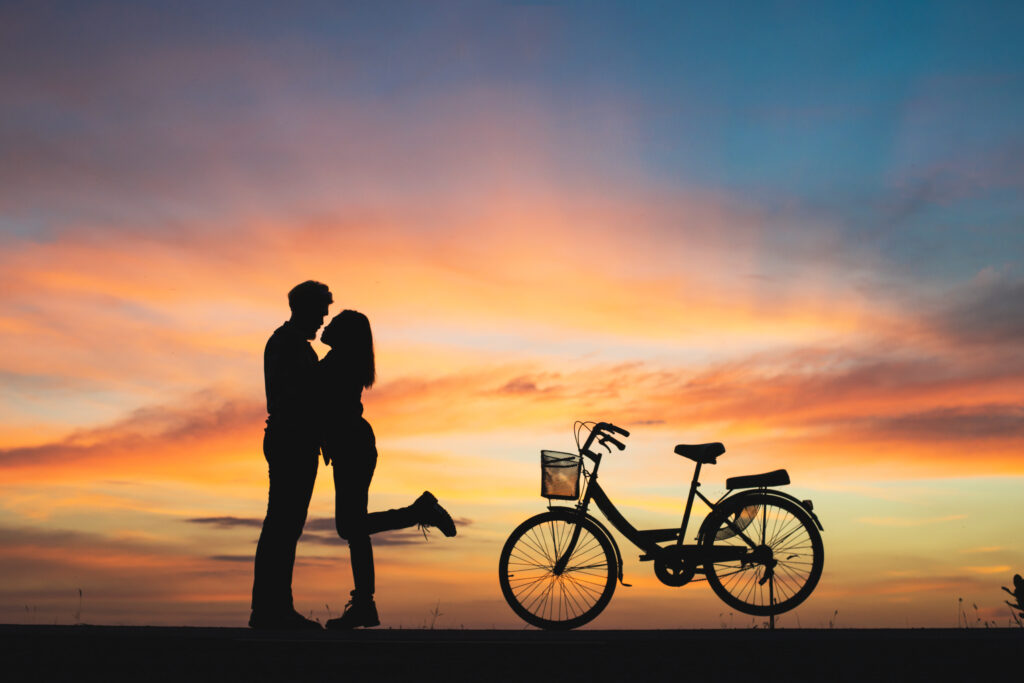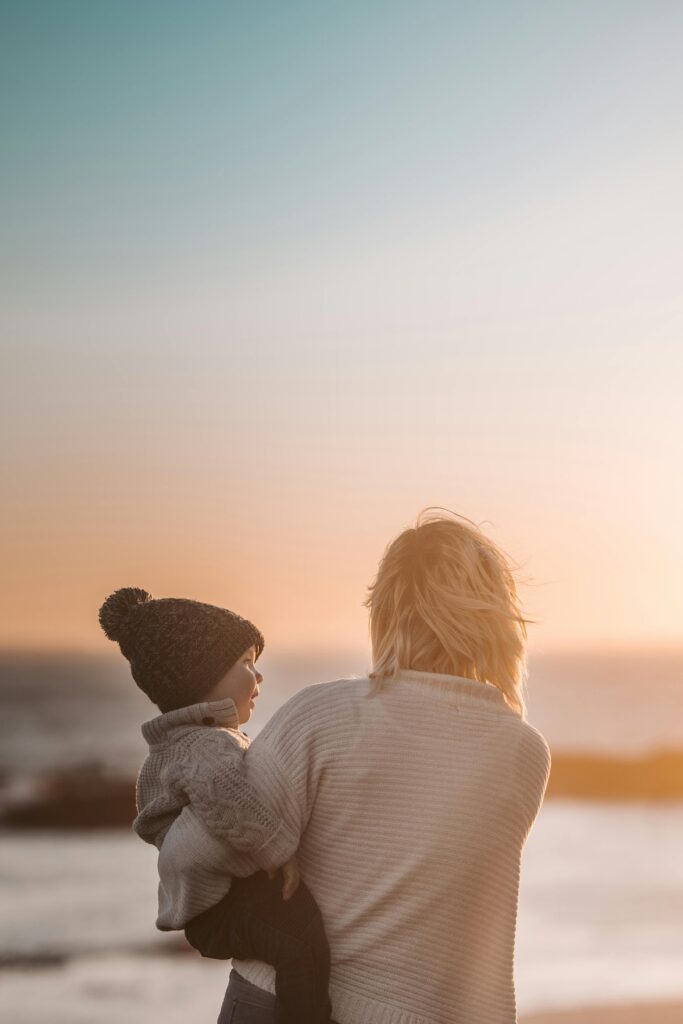What is the Golden Hour in Photography? In short terms, it means the magic hour when the light hits just right, and your pictures turn out to be magical. The Golden Hour in photography refers to the first hour right after sunrise and the last hour right before sunset. It’s when the Sun, after sunrise, is just starting to glow, and the light emitted is soft and golden. Similarly, right before sunset, when the Sun has dimmed its rays, the clouds turn into beautiful shades of orange, pink, and purple, which creates the ambiance of a gorgeous golden glow right before night takes over.
Why Is The Golden Hour Preferred?
Many professional photographers will prefer to hold a photo shoot where they can capture you in the Golden Hour. That is because the Golden Hour offers the ideal lighting that enhances the natural splendor of the photoshoot. To further define the lighting characteristics, the Golden Hour lighting provides soft, warm, and directional light that elongates the models and the scenery, which turns into unparalleled images.

Soft Light:
Unlike the harsh rays of the Sun during the middle of the day, the Golden Hour offers a soft light. That is because as the light hits the ground, it is diffused at an angle that turns it into a hue, allowing it to rest softly on you. The soft light further highlights your features and focuses more on enhancing your presence in the scenery.
Warm Light:
Middle of the day gives you the brightest of the daylight. But the Golden Hour lighting is warm, which can also be called ‘tungsten’ on the lighting spectrum. This light has warmer shades of yellow, orange, and red, making it ideal for the photographer. With the warm light, camera adjustments are less complex, and the natural beauty of the model and the landscape is grandeur.
Directional Light:
When the Sun is at the rising or setting angle, the light emitting and reaching the ground is directional, which elongates the shadows and makes them more defined. This defining element of the long shadows allows the photographer to capture the depth and include the dramatic effect of the light’s aesthetics. After all, if nature is offering you the aesthetic, why wouldn’t you love it?
What Time Is Best To Capture in Golden Hour?
The time for the Golden Hour is enclosing as the summer starts to recede. While it could make a 12-hour difference, it’s best to know your location beforehand when you will encounter the golden hour. The standard time is usually 7 AM and 6 PM, and the Sun rises at about 6 AM nowadays and sets around 7 PM. It’s always better to check it out before the photography session.
Tips for Capturing Images During Golden Hour
Any type of photo, including still lifes, cityscapes, portraits, and landscapes, is best taken during the golden hour. Try capturing the enchantment of golden hour in your photographs by adhering to these rules:

Prepare in advance:
There is little time during the golden hour to tinker with your gear and settings while the lighting is perfect. To determine when the Sun will be at the ideal angle for your shooting location, use any Sun Calculator. It will allow you to understand the area better beforehand, and you can arrive prepared with a few ideas about the subjects and camera angles you want to use.
Draw down your highlights and raise your shadows
Bring up the shadows on specific areas with an adjustment brush. Adjusting the shadows and highlights can rest the equilibrium between an image’s brightest and darkest areas.
Make use of a large aperture.
A bigger aperture is needed during golden hour unless you shoot an extended exposure photo since the sunlight is not as brilliant.
Consider raising the ISO level
You should experiment with a higher ISO setting because of the low light levels during the golden hour. But be warned, this can potentially make more noise.
Make use of a tripod
A tripod will help you maintain the sharpness of your shots while experimenting with different apertures.
Take a ton of pictures
More quickly than you may realize, the light is changing every minute in the here and now. To make sure you catch every change, shoot more frames more often. This will provide you with more possibilities for editing afterward.
Blue-hour shots
You may enjoy what’s known as “blue hour,” which is the short period after sunset when the sky becomes a rich shade of blue. Stay for a few blue-hour pictures if you’re already out.
Have fun and experiment
Try front lighting, backlighting, and rim lighting. If the warm sunshine reaches your lens, you can get a flare.
Take full advantage of the Golden Hour and capture away the even and natural beauty of the light on your subject! Read 5 tips for summer photography session to increase your basic.










